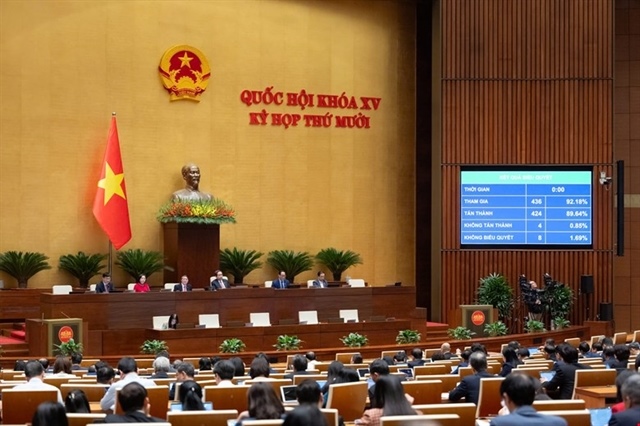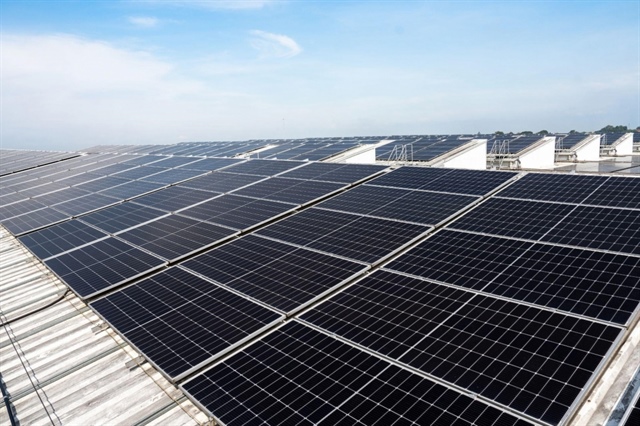Manufacturing output rises for eighth successive month
Manufacturing output rises for eighth successive month
- Growth of output sustained amid higher new orders
- Rate of job creation slows
- Cost inflation accelerates sharply
Overall business conditions in the Vietnamese manufacturing sector strengthened in May amid ongoing improvements in client demand. Output increased for the eighth consecutive month amid another solid expansion in new business. There was further evidence from panellists that new transportation rules impacted on the sector, with suppliers’ delivery times lengthening at a record pace and input prices rising sharply.

The headline seasonally adjusted Purchasing Managers’ Index™ (PMI™) – a composite indicator designed to provide a single-figure snapshot of operating conditions in the manufacturing economy – posted 52.5 in May from 53.1 in the previous month to signal an improvement in operating conditions at Vietnamese manufacturing firms.
Growth of new orders was recorded for the sixth successive month in May, with the solid rate of expansion only slightly weaker than April’s record high. Panellists reported that improving economic conditions had helped to support client demand. New export orders also rose in May, but the rate of growth was only slight.
Higher customer demand led to another rise in production during the month, the eighth in a row. Some panellists reported that purchasing of materials in recent months had enabled them to raise their output. Production growth helped firms to work through outstanding business. Backlogs decreased modestly following a rise in the previous month.
The recent changes to transportation rules again had an effect on the manufacturing sector in May. Suppliers’ delivery times lengthened to the greatest extent in the survey’s history as new tonnage rules meant that suppliers had to make more journeys in order to deliver the same amount of goods. The rules also impacted on the cost of shipping, in turn pushing the rate of input cost inflation up for the second month running to the fastest since March 2012.
Despite the sharp rise in input costs, manufacturers left their output prices largely unchanged during the month. While some panellists reported having passed on higher cost burdens to their clients, others indicated that efforts to stimulate demand had led them to reduce their charges.
Employment increased for the second month running in May, although the rate of job creation slowed and was only slight. Higher production requirements led some panellists to raise staffing levels.
Increased output requirements also led to a rise in purchasing activity during the month. Input buying has now increased in each of the past nine months, with the rate of growth remaining solid despite easing from that seen in April. Stocks of purchases decreased modestly as inputs were used in the production process. Stocks of finished goods were also depleted following a rise in the previous month. That said, the rate of decline was only marginal.
Commenting on the Vietnam Manufacturing PMI™ survey, Trinh Nguyen, Asia Economist at HSBC said: “The latest PMI shows that the manufacturing sector in Vietnam is competitive, with activity still expanding, albeit at a slower pace. The concern really is the added costs to manufacturers, which come at a time when exporters already incur high logistic costs. Profit margins are being squeezed, as weak domestic demand makes it hard for manufacturers to raise output prices despite rising production costs. We expect the SBV to keep rates steady to support domestic demand.”
HSBC























